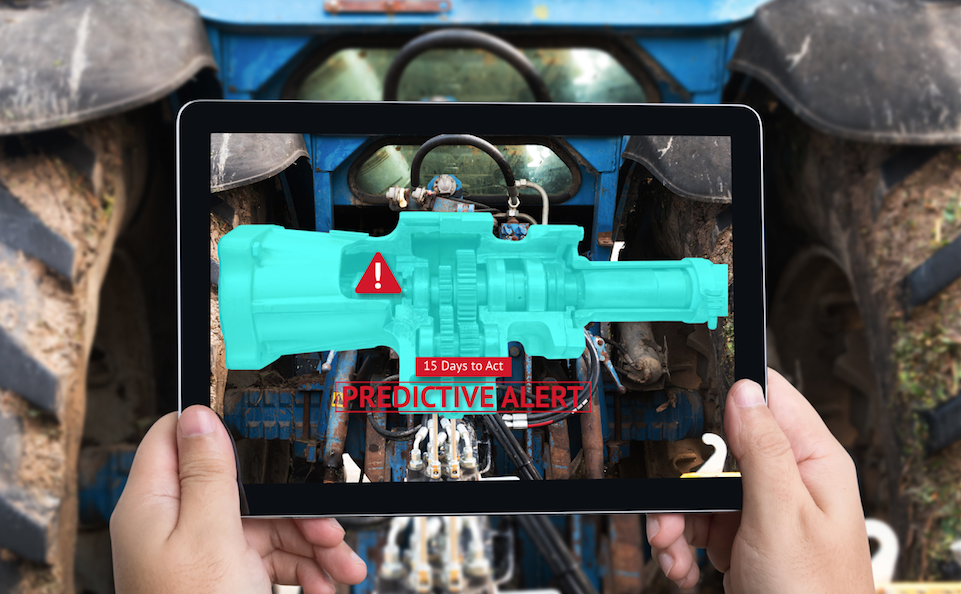AI initiative uses predictive maintenance for greater asset autonomy

The platform merges the data gathered during asset inspections and maintenance with human engineering knowledge, which will lead to machine learning models to improve the precision of predictions.
This digital innovation could find application potential in 22 mines, 14 smelters and refineries and 16 plants currently in operation in Québec
For the mining sector, predictive and even prescriptive maintenance of strategic assets may allow a considerable reduction of maintenance costs and favour 20% to 25% production growth, permitting a better return on investment, the companies said in a media release.
This digital innovation could find application potential in 22 mines, 14 smelters and refineries and 16 plants currently in operation in Québec.
In the medium term, this solution would be deployed in the energy sector, which already faces the same asset management issues.
“We have developed a method for collecting and processing information that provides structured data for artificial intelligence analysis, Benoit Moffet Bédard, BEAP president said.
“We can thus improve our understanding of asset health by helping tools already in place. That knowledge enables mining companies to improve asset monitoring and simplify the operational process,” he said.
Digital transformation of mining companies
The mining industry has embarked on an ambitious and strategic path by adopting technology that favours a high level of autonomy. Optimal analysis of equipment data by artificial intelligence allows generation of a large volume of relevant information for sustainable asset management, the companies said.
Currently, most maintenance operations are based on the knowledge of experienced personnel without being scanned or secure. By using analytical techniques to increase comprehension and scanning of asset data, the mine raises the level of monitoring and comprehension of its operational process.
“With several clients, we find that most of the inspection reports are derived from handwritten forms containing unstructured qualitative data,” said Sophie Boisvert, VP, Resources and Industry, Norda Stelo.
“This data, essential for tracking the health of equipment, is generally decentralized and in different formats that are difficult to consult. This documentary disorganization has an impact on the response time and the quality of the decisions concerning equipment maintenance,” she said.




